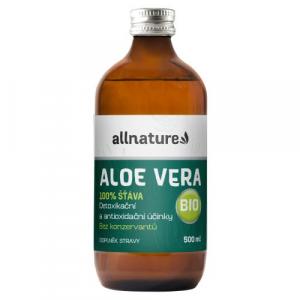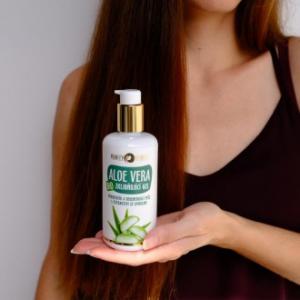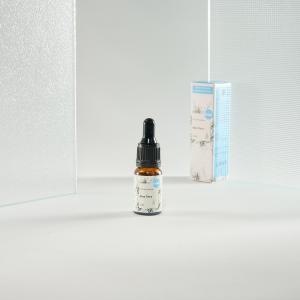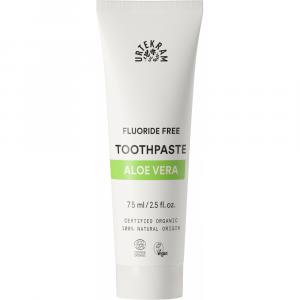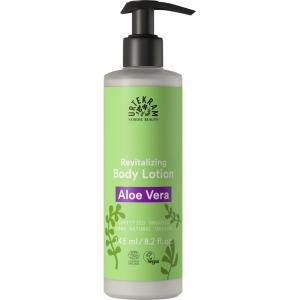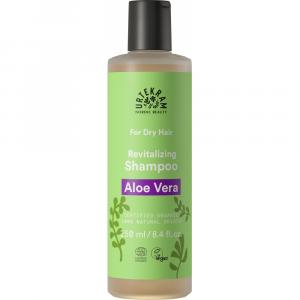
How to Deal with Back Acne and Why Proper Care Works Wonders

How to Get Rid of Back Acne and What Really Causes It
Back acne, often referred to as "bacne," is a problem that affects more people than one might think. While facial acne is commonly discussed with numerous products and advice on how to deal with it, back acne is talked about much less—even though it is a very common and often painful issue. Why does it occur, what can make it worse, and most importantly—how to get rid of back acne in a gentle and sustainable way?
What Causes Back Acne?
The cause of back acne is not significantly different from acne in other areas of the body. It is an inflammatory disease of the sebaceous glands, which become clogged with a mixture of sebum, dead cells, and bacteria. Unlike the face, the back represents a larger area with more sebaceous glands, which are often covered by clothing. This creates an ideal environment for the formation of subcutaneous back acne, which is deeper, more painful, and harder to heal.
One of the most common causes is excessive sweating and wearing synthetic clothing that does not allow the skin to breathe. The combination of sweat, heat, and friction from a backpack or tight shirt can significantly irritate the skin. A significant role is also played by hormonal imbalance, especially in adolescents, but also in adults—during the menstrual cycle, pregnancy, or periods of increased stress.
Lifestyle also has a crucial influence. A diet rich in sugars, dairy products, and highly processed foods can contribute to increased sebum production. Lack of sleep, smoking, or stress then worsen the skin's ability to regenerate.
Although there are a number of cosmetic products promising immediate results, it is important to focus on a long-term solution that respects both the needs of the skin and the principles of sustainability.
How to Gently and Effectively Get Rid of Back Acne
The foundation of successfully fighting back acne is regular, but gentle skin care. Forget aggressive scrubs or alcohol-based tonics, which dry out the skin and force it to produce even more sebum. Instead, reach for natural products that soothe the skin and support its natural balance.
One of the proven solutions is the use of soap with activated charcoal, which has strong detoxifying effects. Activated charcoal binds impurities and excess sebum without disrupting the function of the protective skin barrier. In combination with tea tree oil, known for its antibacterial and anti-inflammatory effects, it can help alleviate even painful subcutaneous back acne.
It's also important to shower after physical activity—sweat left on the body is an ideal breeding ground for bacteria. People who, for example, ride a bike to work with a backpack on their back should not underestimate thorough hygiene and the choice of the right clothing. Natural materials like organic cotton or linen allow the skin to breathe and minimize the risk of irritation.
In some cases, however, acne cannot be managed with cosmetics alone. If the problem is long-term and painful, it is advisable to consult a dermatologist or general practitioner, ideally considering the overall state of the organism. For example, hormonal imbalances or gut microbiota issues cannot be solved solely by external treatment.
What natural remedies help with back acne? Excellent allies include:
- Clay masks (especially green or Moroccan clay), which cleanse pores and have an anti-inflammatory effect.
- Hydrolates from lavender or sage, which can be sprayed on the back after a shower to tone and soothe the skin.
- Neem oil—strongly antibacterial and healing, though with a distinct aroma.
- Aloe vera—the cooling gel from the succulent plant is great for irritated or inflamed skin.
Try our natural products
Care Starts from Within
Many people overlook a crucial factor when searching for the answer to "how to get rid of back acne"—the internal balance of the organism. Gut microbiome, hormone levels, and the body's ability to eliminate toxins have a direct impact on the condition of the skin. Therefore, it's advisable to focus not only on external care but also on diet and lifestyle adjustments.
Try to limit the consumption of cow's milk and its products, as they increase insulin levels and androgenic hormones in many people, which stimulate the sebaceous glands. The same goes for foods with a high glycemic index—white bread, sweets, or sugary drinks can lead to blood sugar fluctuations and subsequent acne worsening.
In contrast, incorporating anti-inflammatory foods, such as leafy greens, flaxseeds, turmeric, or fermented products (e.g., kimchi, sauerkraut, or kombucha), can help reduce inflammation and strengthen the skin's natural defenses.
Hydration is also key. Water helps the body eliminate toxins and keeps the skin hydrated from within. If you have trouble remembering to drink water throughout the day, a simple trick is to fill a large bottle with the measured volume of water every morning and keep it at hand.
Not Just a Physical Problem, but Also a Mental Burden
Back acne brings not only physical discomfort but often anxiety and social insecurity. Especially in summer, when sleeveless shirts or swimsuits are worn, many people find it uncomfortable to reveal their bodies. Although acne is a common problem, the societal pressure for "perfect" skin remains strong.
An example is the story of Anna, a twenty-year-old student who avoided swimming pools and sports activities all summer because of back acne. Only when she changed her laundry detergent and started using gentler natural cosmetics did her skin condition significantly improve. "It wasn't just about the pimples. It was about how I feel in my body. When I started paying more attention to myself, everything gradually improved," she says.
So perhaps it's not just about what to use for back acne, but how we treat ourselves. If we learn to listen to our bodies, they offer us answers that we won't find on the shelves of drugstores.
Back acne can be frustrating, but it is not unsolvable. The key is patience, a comprehensive approach, and gentle care in harmony with nature. Whether it's choosing clothing, cosmetics, or diet, every small step can contribute to feeling better in our own skin—literally and figuratively.
